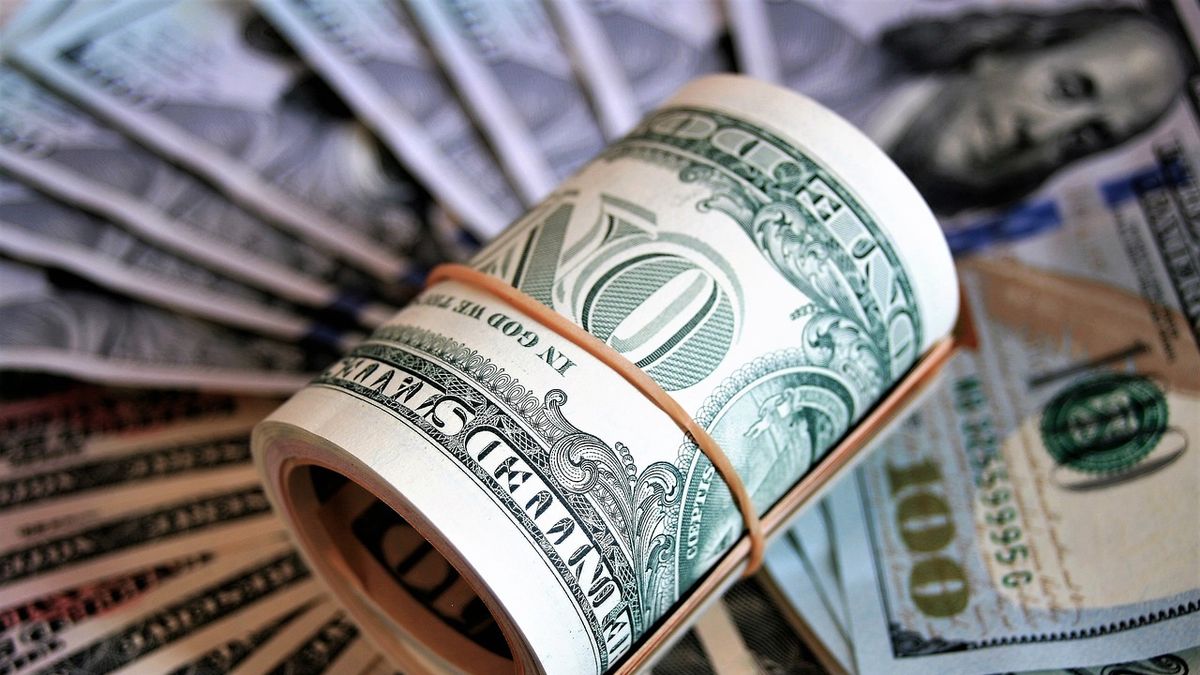Operators remain expectant for indications about tariffs, in advance of a week that will have several decisions on monetary policy.
He global dollar remained stable in the early hours of Thursday, trading in narrow ranges, as the currency continues to struggle to find direction in the absence of concrete tariff announcements from the new US president Donald Trump.
The content you want to access is exclusive to subscribers.
He index dollar —which measures the performance of the greenback in relation to a basket of six other internationally relevant currencies— rose 0.09% to 108.37 units in early European operations. Last Monday, meanwhile, it fell 1.2% in its steepest daily drop since November 2023, as Trump’s first day in office brought with it an avalanche of executive orders, but none on tariffs.


He dollar had risen to a more than two-year high of 110.17 on Jan. 13 thanks to a strong U.S. economy and expectations of widespread tariffs in the United States, which could affect other countries’ currencies. So far this week, Trump has proposed levies of around 25% on Canada and Mexico, and from 10% to China starting February 1st. He also promised tariffs on European imports, without giving details.
“So far, President Trump has taken a less hostile-than-expected approach toward China,” amid “generally softer-than-expected policies and tone on tariffs,” he told Reuters. Carol Kong, foreign exchange strategist Commonwealth Bank of Australia. At the same time, “we are cautious (that) risk sentiment remains fragile and could quickly turn sour if President Trump takes a more hawkish tone,” he added.
On Monday, the American president signed a business memorandum which directs federal agencies to review a series of issues before April 1, which many market participants believe will be a key date for revealing tariff plans.
In parallel, a series of decisions monetary policy of central banks could move currencies over the next week, and it is widely expected that the Bank of Japan (BoJ) raise interest rates at the end of a two-day meeting on Friday. The rate decisions of the Federal Reserve (Fed) and the European Central Bank (ECB) They are scheduled for Wednesday and Thursday of next week, respectively.
For its part, the euro fell 0.15% to $1.0394, amid expectations that the ECB will cut rates by a quarter point next week.
Five days of decline in a row for the dollar in Uruguay
In Uruguay, meanwhile, the dollar fell 0.65% compared to Tuesday and closed at 43.458 pesos in the interbank price of the Central Bank (BCU), chaining its fifth consecutive fall and falling to the middle zone in the range of 43 pesos.
The US currency now accumulates a monthly (and annual) decline of 1.38% in January, since its price was 0.61 pesos below that registered at the end of 2024.
Source: Ambito
David William is a talented author who has made a name for himself in the world of writing. He is a professional author who writes on a wide range of topics, from general interest to opinion news. David is currently working as a writer at 24 hours worlds where he brings his unique perspective and in-depth research to his articles, making them both informative and engaging.




